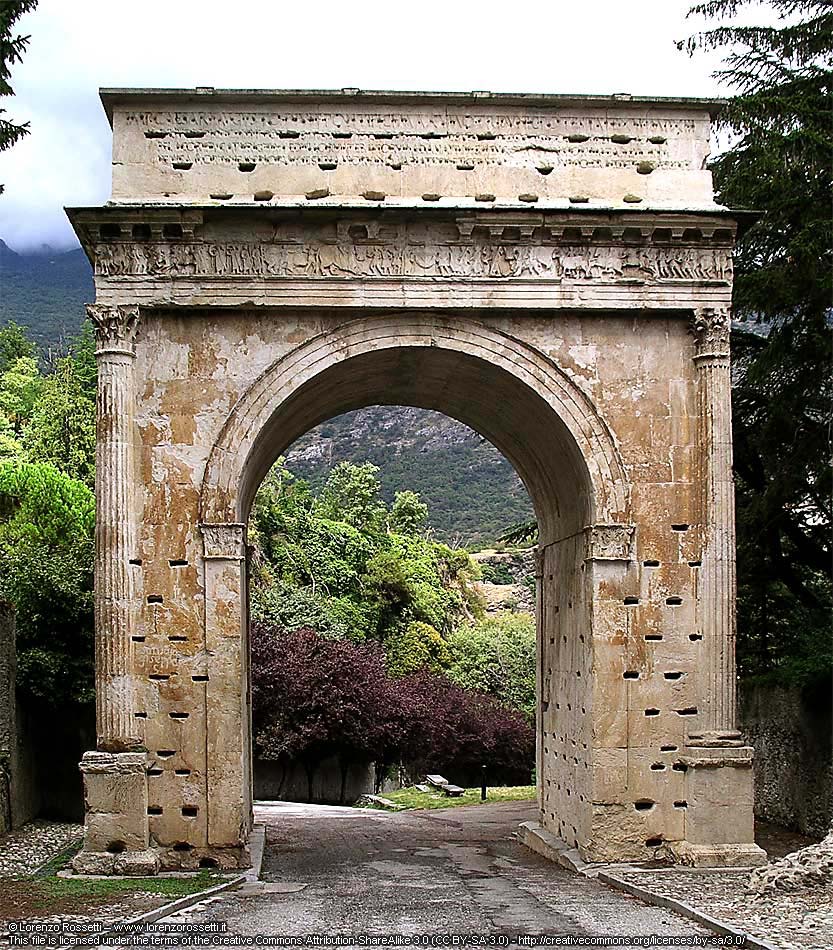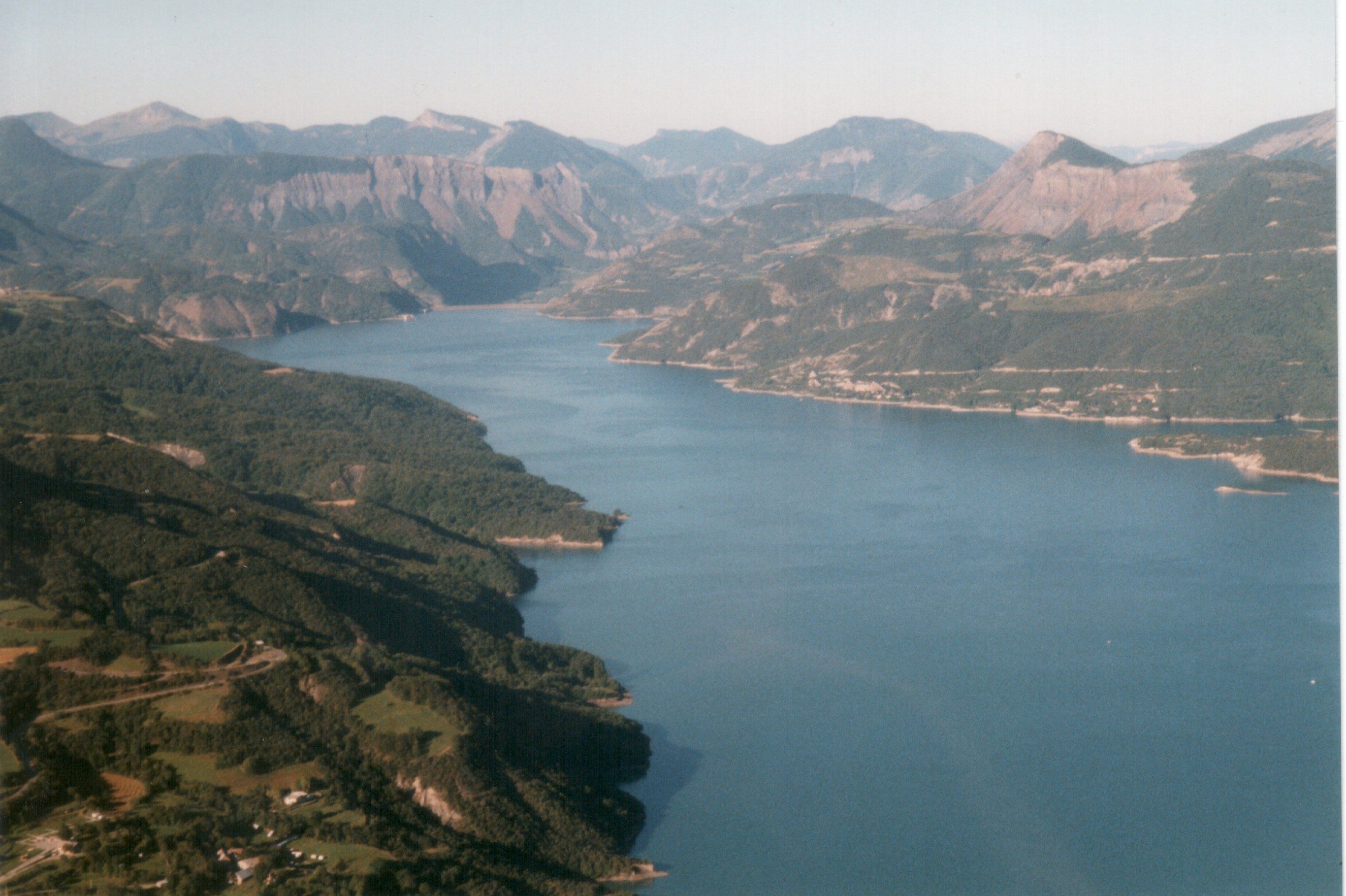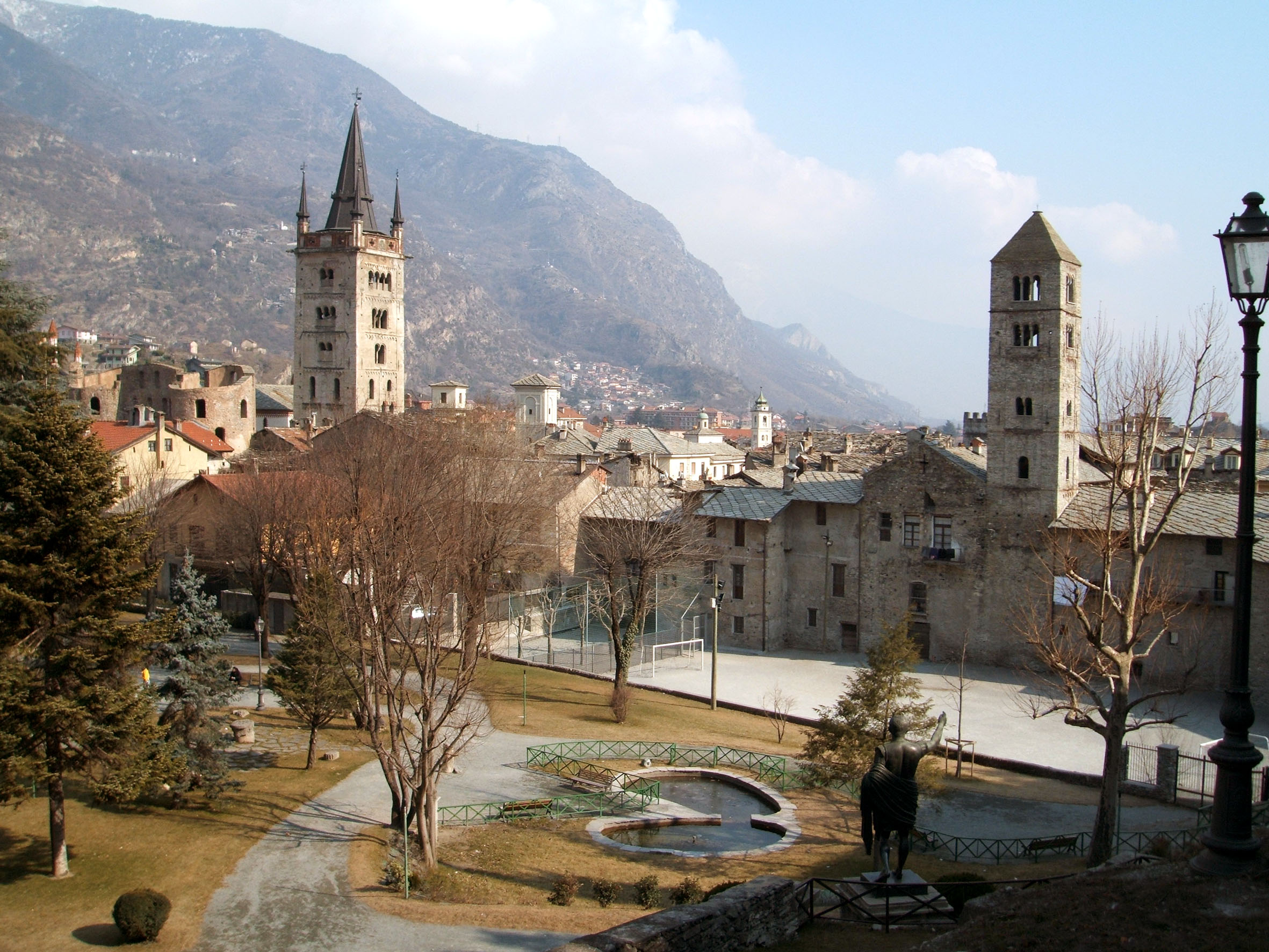|
Medulli Meduci
The Medulli (Gaulish: ''Medulloi'') were a Gallic tribe dwelling in the upper valley of Maurienne, around present-day Modane (Savoie), during the Iron Age and Roman period. Name They are mentioned as ''Medullorum'' by Vitruvius (late 1st c. BC), ''Méd(o)ulloi'' (Μέδυλλοι) by Strabo (early 1st c. AD), ''Medulli'' by Pliny (1st c. AD),Pliny. ''Naturalis Historia''3:20 and as ''Medoúllous'' (Μεδούλλους) by Ptolemy (2nd c. AD)., s.v. ''Medulli''. The ethnonym ''Medulli'' is a latinized form of Gaulish ''Medulloi''. It is generally derived from the Celtic root ''medu''-, meaning 'mead, alcoholic drink' (cf. Olr. ''mid'', MW. ''medd'', OBret. ''medot''), and thus may be translated as 'those who drink mead'. This interpretation is encouraged by the mention, in Vitruvius' '' De architetura'', of a "kind of water" (''genus aquae'') drunk by the Medulli. Alternatively, Javier de Hoz has proposed to glose the name as 'those who lived in the middle', or 'in the border ... [...More Info...] [...Related Items...] OR: [Wikipedia] [Google] [Baidu] |
Gaulish
Gaulish was an ancient Celtic languages, Celtic language spoken in parts of Continental Europe before and during the period of the Roman Empire. In the narrow sense, Gaulish was the language of the Celts of Gaul (now France, Luxembourg, Belgium, most of Switzerland, Northern Italy, as well as the parts of the Netherlands and Germany on the west bank of the Rhine). In a wider sense, it also comprises varieties of Celtic that were spoken across much of central Europe ("Noric language, Noric"), parts of the Balkans, and Anatolia ("Galatian language, Galatian"), which are thought to have been closely related. The more divergent Lepontic language, Lepontic of Northern Italy has also sometimes been subsumed under Gaulish. Together with Lepontic and the Celtiberian language, Celtiberian spoken in the Iberian Peninsula, Gaulish helps form the geographic group of Continental Celtic languages. The precise linguistic relationships among them, as well as between them and the modern Insular ... [...More Info...] [...Related Items...] OR: [Wikipedia] [Google] [Baidu] |
Old Breton
Breton (, ; or in Morbihan) is a Southwestern Brittonic language of the Celtic language family spoken in Brittany, part of modern-day France. It is the only Celtic language still widely in use on the European mainland, albeit as a member of the insular branch instead of the continental grouping. Breton was brought from Great Britain to Armorica (the ancient name for the coastal region that includes the Brittany peninsula) by migrating Britons during the Early Middle Ages, making it an Insular Celtic language. Breton is most closely related to Cornish, another Southwestern Brittonic language. Welsh and the extinct Cumbric, both Western Brittonic languages, are more distantly related. Having declined from more than one million speakers around 1950 to about 200,000 in the first decade of the 21st century, Breton is classified as "severely endangered" by the UNESCO ''Atlas of the World's Languages in Danger''. However, the number of children attending bilingual classes rose 33% ... [...More Info...] [...Related Items...] OR: [Wikipedia] [Google] [Baidu] |
Arch Of Augustus (Susa)
The Arch of Augustus is an important monument constructed in the city of Susa, Piedmont, in the province of Turin. It was originally built at the end of the 1st century BC to record the renewed alliance between Emperor Augustus and Marcus Julius Cottius, a Celto-Ligurian ruler who had been made king and Roman prefect of the Cottian Alps. The arch, together with other remains from the period, such as the Roman amphitheatre and a Roman aqueduct, underscore the importance that the city of Susa had during the Roman period. Description From above, the arch forms a rectangle 11.93 metres long and 7.3 metres wide. It rests on two large bases and there is only one archway. The white marble of the arch was sourced from a nearby quarries at Fornesto and Tre Piloni. The arch has a unique arcade, in which the archivolt is supported by pilasters. The entablature rests on four Corinthian columns placed at the extremities of each corner, such that a quarter of each drum is embedded in the mon ... [...More Info...] [...Related Items...] OR: [Wikipedia] [Google] [Baidu] |
Tropaeum Alpium
The Tropaeum Alpium (Latin 'Trophy of the Alps', French: ''Trophée des Alpes''), is a Roman trophy (''tropaeum'') celebrating the emperor Augustus's decisive victory over the tribes who populated the Alps. The monument's ruins are in La Turbie (France), a few kilometers from the Principality of Monaco. Construction The Trophy was built c. 6 BC in honor of Augustus to celebrate his definitive victory over the 45 tribes who populated the Alps. The Alpine populations were defeated during the military campaign to subdue the Alps conducted by the Romans between 16 and 7 BC. The monument was built of stone from the Roman quarry located about 800 metres away, where traces of sections of carved columns are visible in the stone. The monument as partially restored is 35 meters high. When built, according to the architect, the base measured 35 meters in length, the first platform 12 meters in height, and the rotunda of 24 columns with its statue of an enthroned Augustus is 49 metres hi ... [...More Info...] [...Related Items...] OR: [Wikipedia] [Google] [Baidu] |
Alpes Cottiae
The Alpes Cottiae (; English: 'Cottian Alps') were a small province of the Roman Empire founded in 63 AD by Emperor Nero. It was one of the three provinces straddling the Alps between modern France and Italy, along with the Alpes Graiae et Poeninae and Alpes Maritimae. The capital of the province was Segusio (modern Susa, Piedmont). Other important settlements were located at Eburodunum and Brigantio (Briançon). Named after the 1st-century BC ruler of the region, Marcus Julius Cottius, the toponym survives today in the Cottian Alps. History The province had its origin in a local chiefdom controlled by the enfranchised king Marcus Julius Donnus, who ruled over Ligurian tribes of the region by the middle of the 1st century BC. He was succeeded by his son, Marcus Julius Cottius, who offered no opposition to the integration of his realm into the Roman imperial system under Emperor Augustus in 15–14 BC, then kept on ruling on native tribes as a ''praefectus civitatium'' of a ... [...More Info...] [...Related Items...] OR: [Wikipedia] [Google] [Baidu] |
Cottius
Marcus Julius Cottius was King of the Celtic and Ligurian inhabitants of the mountainous Roman province then known as '' Alpes Taurinae'' and now as the Cottian Alps early in the 1st century BC. Son and successor to King Donnus, he negotiated a dependent status with Emperor Augustus that preserved considerable autonomy for his country, making him a Roman governor, and adopted Roman citizenship. Early relationship with Rome The friendship between Cottius's realm and Rome goes back at least to the reign of his father King Donnus; there is numismatic evidence which suggests that Donnus established friendly relations with Julius Caesar. As Caesar needed to cross the Cottii Regnum in 58 BC on his way to Gaul, he made an agreement with King Donnus to have his troops transported on his road as well as having a new paved road being built.Cornwell, H., Alpine Reactions to Roman Power, in Varga, R., Rusu-Bolindeț, V., (eds) Official Power and Local Elites in the Roman Provinces, p. 59 Thi ... [...More Info...] [...Related Items...] OR: [Wikipedia] [Google] [Baidu] |
Allobroges
The Allobroges (Gaulish: *''Allobrogis'', 'foreigner, exiled'; grc, Ἀλλοβρίγων, Ἀλλόβριγες) were a Gallic people dwelling in a large territory between the Rhône river and the Alps during the Iron Age and the Roman period. The Allobroges came relatively late to Gaul compared to most other tribes of Gallia Narbonensis; they first appear in historical records in connection with Hannibal's crossing of the Alps in 218 BC. Their territory was subsequently annexed to Rome in 121 BC by Gnaeus Domitius Ahenobarbus and Quintus Fabius Maximus Allobrogicus. An attempted revolt was crushed by in 61 BC. However, they had rejected the second Catilinarian conspiracy in 63 BC. During the Gallic Wars, the Allobroges did not side with Vercingetorix at the Battle of Alesia in 52 BC. Name Attestations They are mentioned as ''A̓llobrígōn'' ( Ἀλλοβρίγων) by Polybius (2nd c. BC) and Strabo (early 1st c. AD),Polybius. ''Historíai'3:49–51 Strabo4:1:11 [...More Info...] [...Related Items...] OR: [Wikipedia] [Google] [Baidu] |
Ceutrones
The Ceutrones (or Centrones) were a Gallic tribe dwelling in the Tarantaise Valley, in modern Savoie, during the Iron Age and Roman period. Name They are mentioned as ''Ceutrones'' by Caesar (mid-1st c. BC), ''Keútrōnes'' (Κεύτρωνες; var. Κέντ-) by Strabo (early 1st c. AD), ''Ceutrones'' by Pliny (1st c. AD), and as ''Keutrónōn'' (Κευτρόνων) by Ptolemy (2nd c. AD). The hamlet of Centron, located in the village of Montgirod, may be named after the Gallic tribe. They had a homonym tribe in Gallia Belgica, documented in 54 BC, which was probably a ''pagus'' of the Nervii. Geography The Ceutrones dwelled in the Tarantaise Valley, along the upper Isère river, near the Little St Bernard Pass (Alpis Graia) on the route stretching from the Rhône Valley to the north of the Italian Peninsula. Their territory was located north of the Graioceli and Medulli, southeast of the Allobroges, southwest of the Veragri, and west of the Salassi, on the other side ... [...More Info...] [...Related Items...] OR: [Wikipedia] [Google] [Baidu] |
Segusini
The Segusini (Gaulish: *''Segusinoi'', 'those of Segusio') were a Gallic tribe dwelling around present-day Susa, in the Alpes Cottiae, during the Iron Age. Name They are mentioned as ''Segosianō̃n'' (Σεγοσιανῶν) Strabo (early 1st c. AD), as ''Segousianō̃n'' (Σεγουσιανῶν) Ptolemy (2nd c. AD), as ''Segusinorum'' on the Arch of Susa, and as ''Segusinae'' on an inscription., s.v. ''Segusini''. The ethnonym ''Segusini'' is a latinized form of Gaulish *''Segusinoi''. It means 'the people of Segusio', itself from the root ''sego''- ('victory, force'). Geography The Segusini dwelled in the valley of the Duria, around Segusio (modern Susa). Their territory was located east of the Medulli and Belaci, south of the Acitavones, and east of the Iemerii and Taurini., Map 17: Lugdunum. Their chief town, Segusio, controlled the route over Mont Genèvre and served as the gateway into the Italian Peninsula. Segusio possessed Latin law probably from the time of ... [...More Info...] [...Related Items...] OR: [Wikipedia] [Google] [Baidu] |
Quariates
The Quariates or Quadiates were a Gallic tribe dwelling in the valley of Queyras, in the Alps, during the Iron Age. Name They are mentioned as ''Quariates'' (var. ''quadr''-) by Pliny (1st c. AD),Pliny. ''Naturalis Historia'', 3:35. and as ''Quadiatium'' and ''Quariat(ium?)'' on inscriptions., s.v. ''Quariates''. The etymology of the name is obscure. Christian-Joseph Guyonvarc'h and Xavier Delamarre proposed to derive it from Celtic *''kwario''- ('cauldron'), with sporadic preservation of the initial ''kw'' , attached to the suffix -''ati-'' ('belonging to'). Alexander Falileyev notes that the q-Celtic reflex remains problematic in this scenario. The region of Queyras, whose castle is attested as ''Quadratum'' in the 12th century, may be named after the Gallic tribe. Geography The Quariates dwelled in the valley of Queyras, in the Alps. Their territory was located south of the Brigianii, east of the Segovii, and north of the Caturiges and Veneni., Map 17: Lugdunum. Hist ... [...More Info...] [...Related Items...] OR: [Wikipedia] [Google] [Baidu] |
Brigianii
The Brigianii (Gaulish: *''Brigianioi'') were a Gallic tribe dwelling around present-day Briançon during the Iron Age and the Roman period. Name They are mentioned as ''Brigianii'' by Pliny (1st c. AD), and as ''Brigiani'', ''Brigantionis'' and ''Bricianiorum'' on inscriptions. CIL 5:7817, 12:94, 80., s.v. ''Brigianii''. Their name may be based on the Gaulish root ''brig''- ('high, elevated'), or on ''brīgo''- ('might, strength'). Geography The Gallitae lived in the region of , in the center of the Cottian Kingdom. Their territory was located north of the Caturiges, west of the Quariates, east of the Tricorii, south of the Segovii., Map 17: Lugdunum. Their chief town was known as Brigantio (modern Briançon), meaning 'eminence, high/elevated place' in Gaulish. History They are mentioned by Pliny the Elder as one of the Alpine tribes conquered by Rome in 16–15 BC, and whose name was engraved on the Tropaeum Alpium.Pliny Pliny may refer to: People * Pliny the ... [...More Info...] [...Related Items...] OR: [Wikipedia] [Google] [Baidu] |
Vocontii
The Vocontii (Gaulish: *''Uocontioi''; Greek: Οὐοκόντιοι, Οὐοκοντίων) were a Gallic people dwelling on the western foothills of the Alps during the Iron Age and the Roman period. The Vocontii settled in the region in the 3rd century BC at the latest. Pompeius Trogus, a Gallo-Roman historian and citizen of Vasio during the 1st century BC, was a member of the Vocontii. During the Roman period, they were probably at the head of a confederation that included the Sogiontii, Avantici, Sebaginni and Vertamocorii. Name They are mentioned as ''Vocontiorum'' by Caesar (mid-1st c. BC), Livy (late 1st c. BC), Pliny (1st c. AD) and Pomponius Mela (mid-1st c. AD), as ''Ouokóntioi'' (Οὐοκόντιοι) and ''Ouokontíōn'' (Οὐοκοντίων) by Strabo (early 1st c. AD), ''Ou̓okóntioi'' (Οὐοκόντιοι) by Ptolemy (2nd c. AD), and as ''Bocontii'' on the ''Tabula Peutingeriana''. The ethnonym ''Vocontī'' is a latinized form of Gaulish *''Uocontioi''. It ... [...More Info...] [...Related Items...] OR: [Wikipedia] [Google] [Baidu] |




